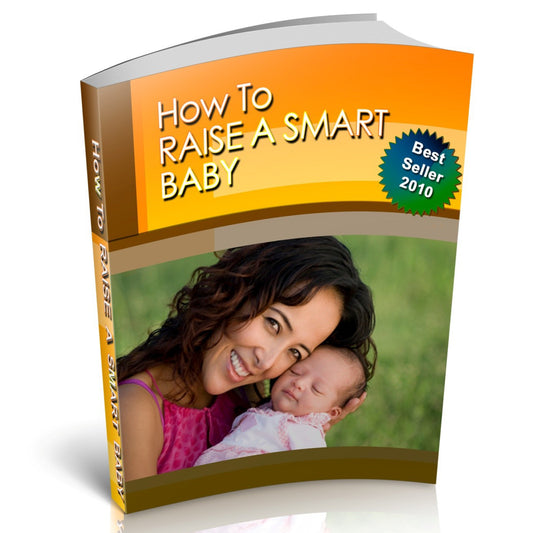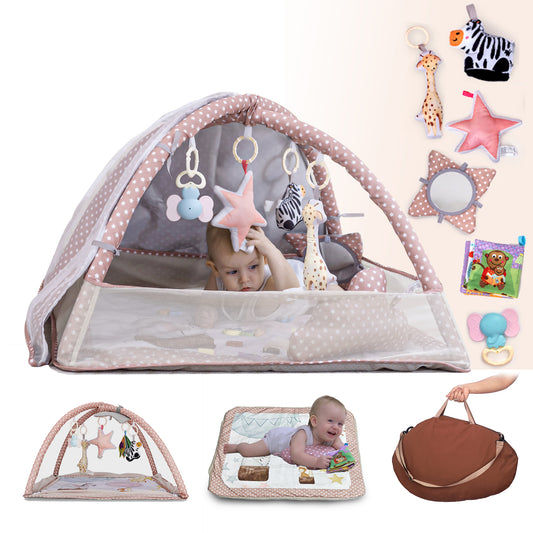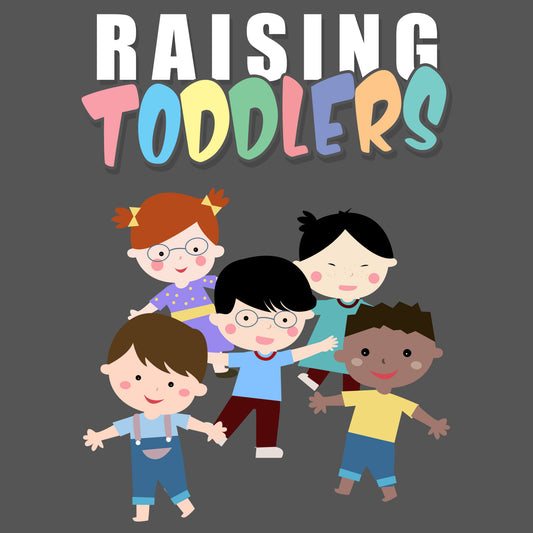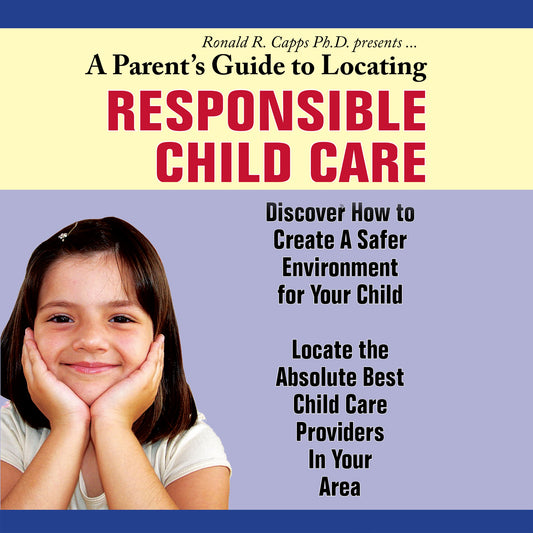When to Start Introducing a Play Mat to Your Baby?
Introduction
As new parents, it's common to be bombarded with a myriad of baby products, each promising to boost your baby’s development. One such essential is the baby play mat, also known as a baby gym. But when is the right time to introduce your baby to this wonderful world of colors, textures, and sounds? Let's delve into the benefits and optimal timing for using a play mat.
Newborn Stage (0-2 months):

From the moment they open their eyes to this world, babies begin absorbing every sight and sound around them. Play mats, especially those with high-contrast visuals, cater precisely to their limited yet rapidly developing vision. During this stage:
- Benefits: The sensory stimulation of a play mat can introduce your newborn to different shapes, movements, and sounds, aiding in their cognitive development.
- Mothers’ Experience: As a new mother, you're just beginning to understand your baby's needs. Introducing a play mat not only ensures that your baby is engaged but also gives you a momentary breather, knowing your baby is in a safe and stimulating environment.
Some Facts:
- Babies at this stage can only see objects 8-12 inches away from their face, making high-contrast visuals on play mats particularly beneficial.
- The American Academy of Pediatrics (AAP) suggests that even short bursts of tummy time can be initiated from day one to prevent flat spots on the back of baby's head.
Tummy Time (2-6 months):
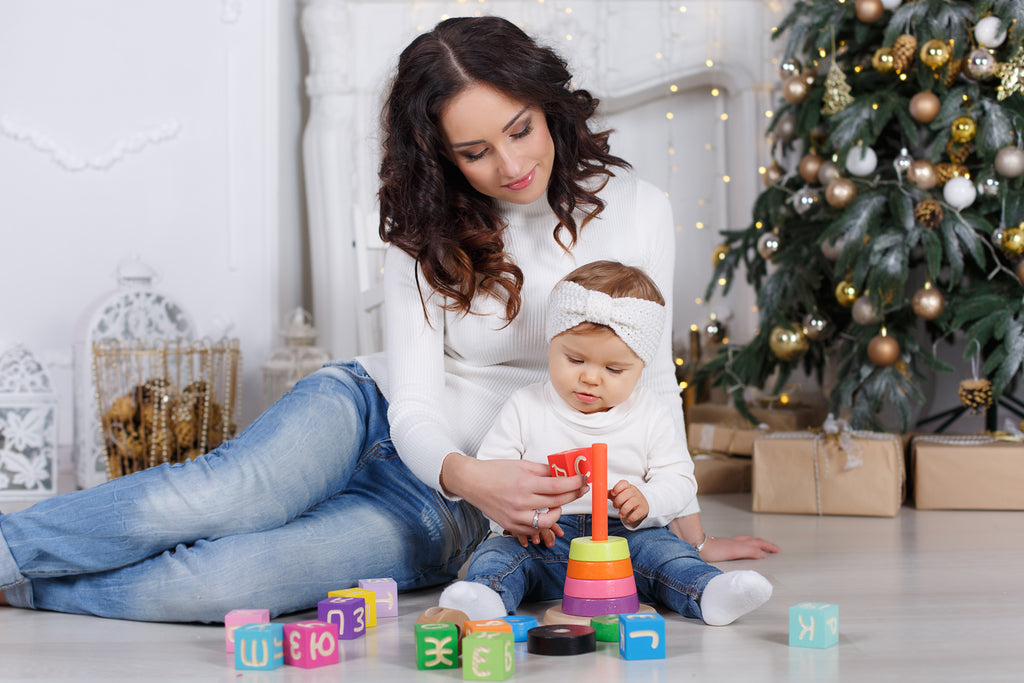
When your pediatrician starts recommending tummy time, that’s a cue for the play mat to become your baby's best friend.
- Benefits: This phase is crucial for developing strength in the neck, shoulder, and arm muscles. The play mat offers a comfortable platform for babies to lift their heads, push up on their arms, and explore their surroundings.
-
Mothers’ Experience: Watching your baby slowly but steadily gain strength can be one of the most rewarding experiences. A play mat allows mothers to safely encourage this growth, fostering a bond of trust and understanding with their little one.
Some Facts: - By 3 months, babies can typically start raising their heads and chest when lying on their stomach, a movement play mats facilitate.
- According to a study published in the journal "Pediatrics," consistent tummy time can lead to earlier achievement of certain motor milestones.
Rolling and Crawling (6-12 months):
As your baby graduates to the rolling and crawling phase, their world starts expanding. A play mat becomes their personal playground.
- Benefits: It provides a cushioned environment for those inevitable tumbles and offers various textures and toys that promote fine and gross motor skill development.
-
Mothers’ Experience: This is a stage of profound pride and joy for many mothers. As you watch your little one hit these milestones, the play mat ensures they're doing so safely, allowing you to cherish these moments with a little less worry.
Some Facts: - Around 9 months, most babies start to master the art of crawling. Some might do this earlier and some later, but a play mat offers a safe environment regardless of the timeline.
- Research in the "Early Human Development" journal highlighted that babies who have more opportunities for free movement, like on a play mat, may have better motor skills.
The Science Behind A Happy Baby:
Beyond just anecdotal evidence, science also highlights the importance of play in a child's development. A report by the American Academy of Pediatrics emphasized the role of play in promoting healthy brain development, fostering creativity, and aiding in refining motor skills.
Facts for the Moms:
- A 2012 study published in the "Journal of Developmental & Behavioral Pediatrics" found that maternal engagement in activities, like playing with their child on a play mat, significantly impacts cognitive development.
- Mother-child interactions, especially during play, release the hormone oxytocin in the brain, often referred to as the "love hormone," strengthening the bond between mother and baby.


